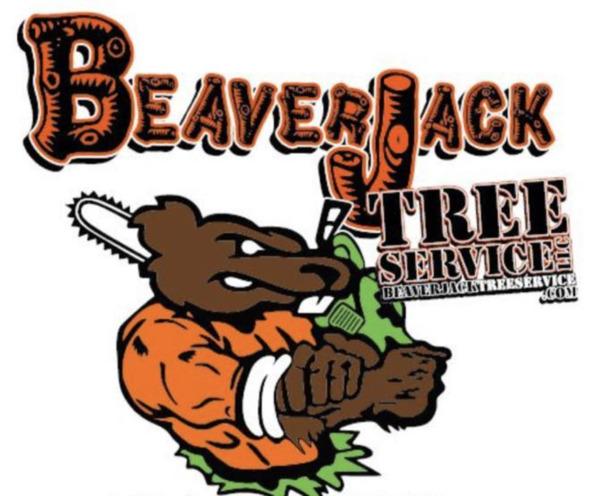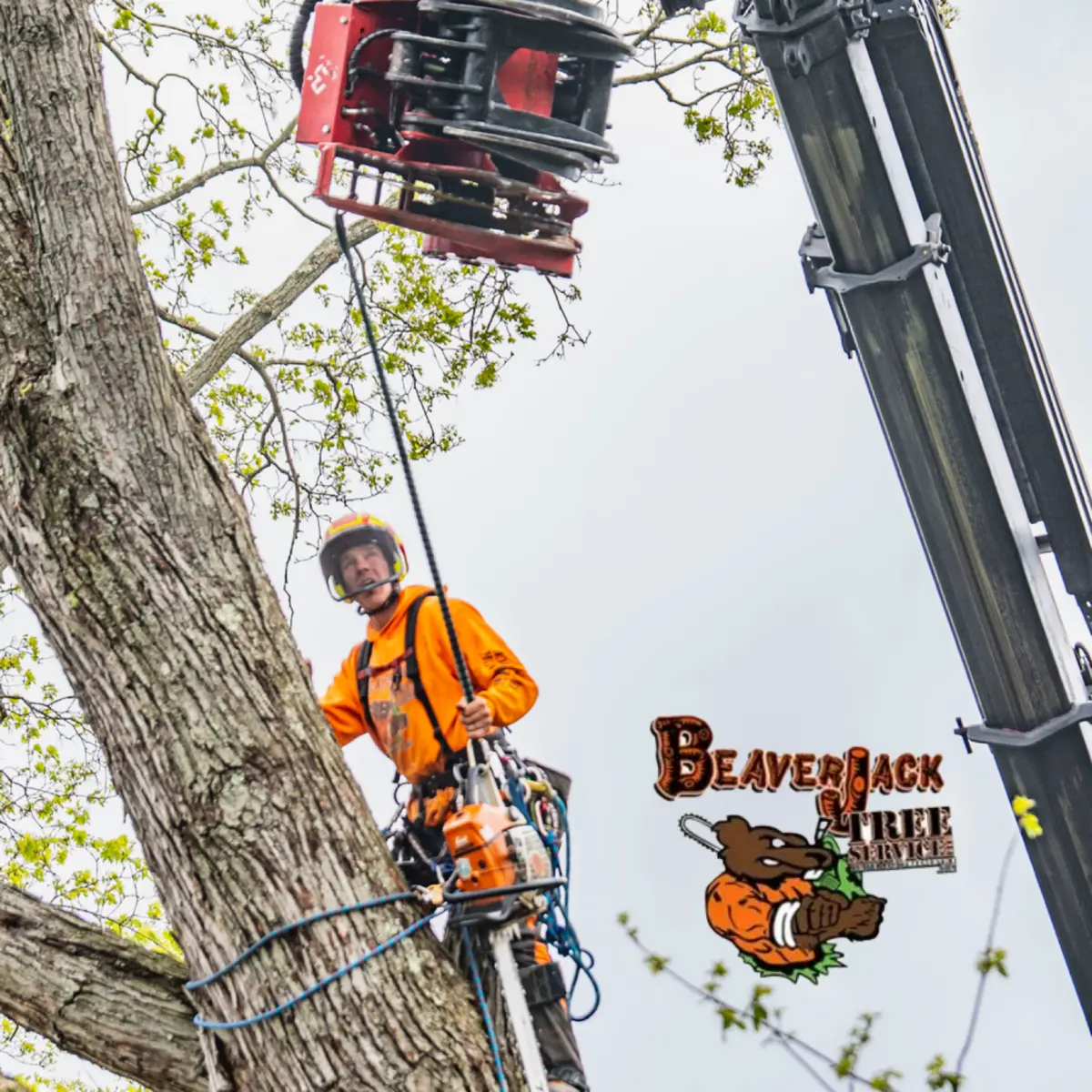Assessing Storm Damage: The First Step in Cleanup
When a storm hits, the first step in the cleanup process is assessing the extent of the damage. This involves evaluating the condition of trees, structures, and the overall landscape to prioritize safety and restoration efforts. Professionals use various methods such as visual inspections and technological tools to identify hazards like unstable trees or broken limbs.
Essential Tools and Techniques for Effective Tree Debris Removal
Removing tree debris efficiently requires specific tools and techniques. Chainsaws, wood chippers, and grapple saw cranes are commonly used to handle large fallen branches and trunks. Safety gear is also crucial to protect workers from potential injuries. Techniques such as segmenting larger pieces and utilizing cranes for heavy lifting ensure a safe and orderly cleanup.
The Role of Certified Arborists in Storm-Damaged Tree Care
Certified arborists play a crucial role in managing storm-damaged trees. Their expertise in tree biology and structural integrity assessment helps in making informed decisions about tree pruning, removal, or preservation. Arborists also provide guidance on preventive measures and long-term tree care plans to mitigate future storm impacts.
This content has been submitted by authors outside of this publisher and is not its editorial product. It could contain opinions, facts, and points of view that have not been reviewed or accepted by the publisher. The content may have been created, in whole or in part, using artificial intelligence tools.


